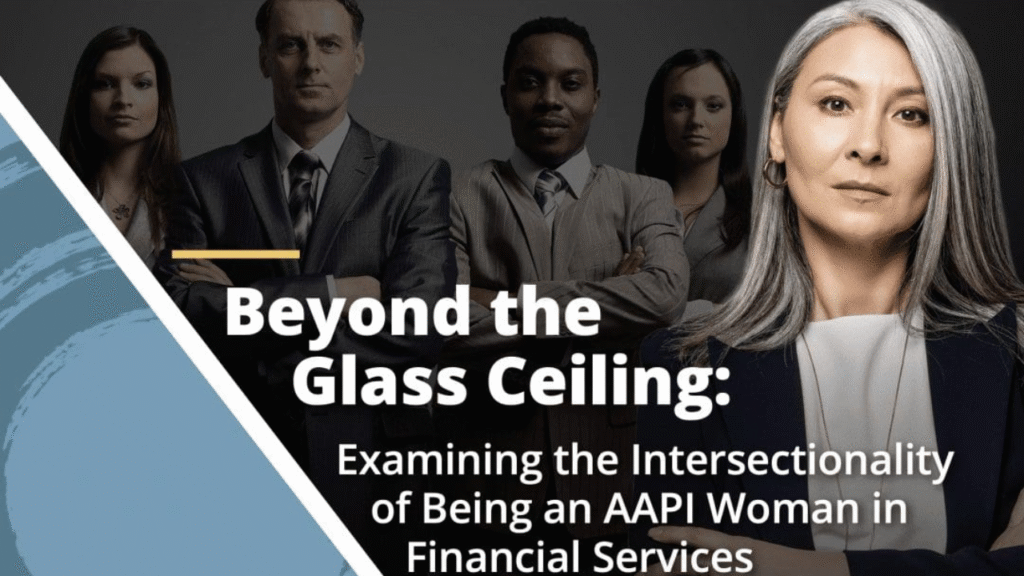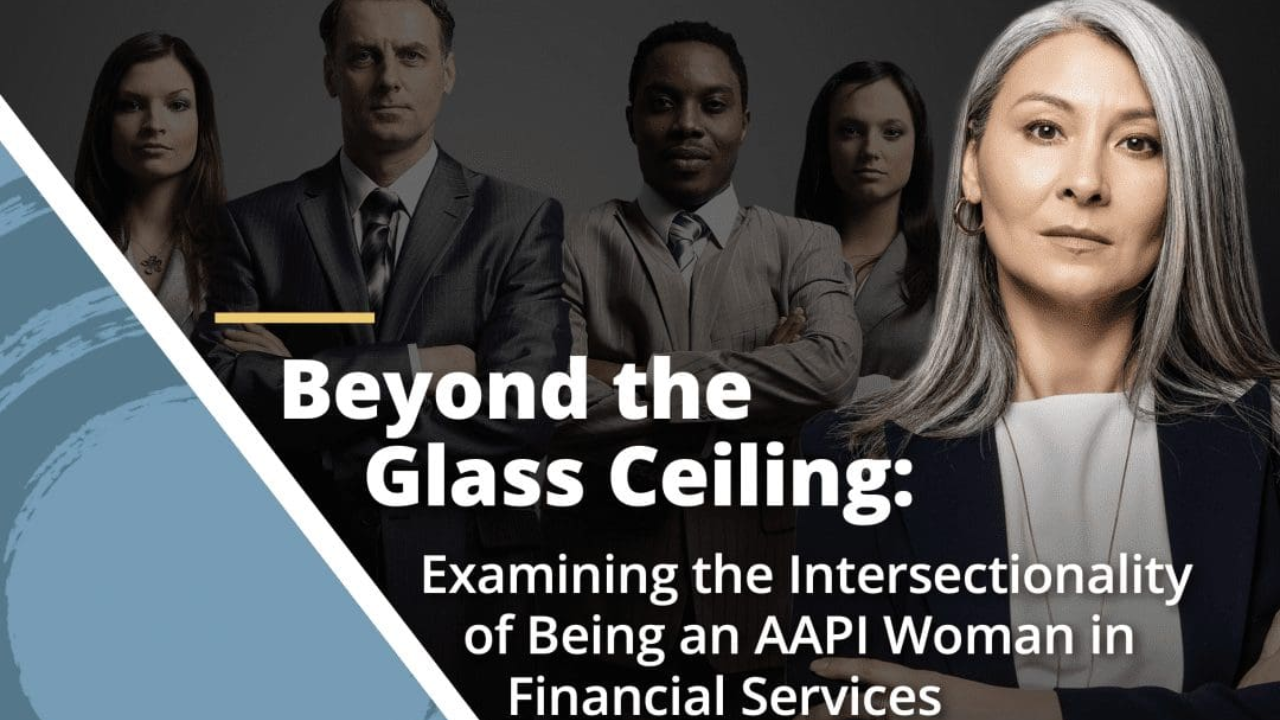
Asian American and Pacific Islander (AAPI) women face a unique set of challenges in the political arena, shaped by intersecting factors of race, gender, and cultural expectations. Despite the growing political engagement and representation of AAPI communities, women from these backgrounds encounter persistent barriers that limit their full participation and advancement in political leadership. This article explores the nature of the glass ceiling in politics as it affects AAPI women, highlighting their experiences, systemic challenges, and ongoing efforts to break through these invisible barriers.
Understanding the Glass Ceiling for AAPI Women in Politics
The term “glass ceiling” refers to the unseen, yet unbreachable, barrier that prevents certain groups—primarily women and minorities—from rising beyond a particular level in hierarchical organizations. For AAPI women, this barrier is often compounded by stereotypes, underrepresentation, and lack of access to political networks and resources.
Key Challenges Faced by AAPI Women in Politics
1. Underrepresentation:
AAPI women remain significantly underrepresented in political offices at local, state, and federal levels. Despite comprising a growing portion of the population, their numbers in elected positions lag behind.
2. Stereotypes and Cultural Bias:
Stereotypes such as the “model minority” myth and perceptions of AAPI women as passive or submissive undermine their perceived leadership capabilities. Cultural expectations within some AAPI communities may also discourage political ambitions, emphasizing family roles over public leadership.
3. Limited Access to Networks and Mentorship:
Political success often depends on connections, mentorship, and sponsorship, areas where AAPI women frequently have limited access compared to their male or non-AAPI counterparts.
4. Intersectionality of Race and Gender:
AAPI women navigate both racial and gender biases. This intersectionality leads to unique discrimination experiences not fully addressed by movements focused solely on gender or race.
5. Media Representation and Visibility:
The political achievements of AAPI women often receive limited media attention, affecting public recognition and support.
Progress and Examples of AAPI Women Breaking Barriers
Despite these challenges, many AAPI women have made remarkable strides in politics. Leaders like Kamala Harris, the first South Asian American and Black woman Vice President, and Tammy Duckworth, a Thai American U.S. Senator, exemplify breaking the glass ceiling. Local leaders, activists, and candidates across the country continue to increase visibility and advocate for greater representation.
Efforts to Address the Glass Ceiling
Several organizations and initiatives work to empower AAPI women in politics by providing leadership training, mentorship programs, and resources to navigate the political landscape effectively. Increasing political education and community engagement also play crucial roles in encouraging young AAPI women to consider political careers.
Overview Table: Challenges and Progress for AAPI Women in Politics
| Aspect | Description | Current Status | Examples | Efforts to Improve |
|---|---|---|---|---|
| Representation | Number of AAPI women in elected office | Underrepresented | Kamala Harris, Tammy Duckworth | Recruitment, mentoring programs |
| Stereotypes & Cultural Bias | Misconceptions limiting leadership perception | Persistent | “Model minority,” passive stereotypes | Awareness campaigns, cultural dialogues |
| Access to Networks | Political mentorship and sponsorship availability | Limited | Fewer connections than counterparts | Networking events, political training |
| Intersectional Discrimination | Combined effects of race and gender bias | Complex & unique | Dual marginalization in politics | Intersectional advocacy |
| Media Visibility | Coverage and recognition in the public sphere | Inadequate | Limited media focus on AAPI women | Media outreach, representation efforts |
Detailed Points on AAPI Women’s Political Experiences
- Historical Exclusion: AAPI women have historically been excluded from political power due to immigration restrictions, citizenship barriers, and social marginalization.
- Community Expectations: Within many AAPI cultures, traditional gender roles can discourage women from pursuing visible leadership positions, focusing instead on family and community support roles.
- Economic Barriers: Political campaigns require significant funding. Economic disparities within AAPI communities, especially among newer immigrants, limit fundraising capabilities.
- Language and Cultural Barriers: Limited English proficiency and unfamiliarity with the political system create obstacles for many AAPI women aspiring to political office.
- Role Models and Visibility: A lack of visible role models in politics means fewer young AAPI women see politics as an achievable path.
- Positive Trends: Recent years have seen a surge in political candidacies and electoral victories among AAPI women, supported by growing community organizations focused on empowerment.
Strategies to Empower AAPI Women in Politics
- Leadership Training Programs: Developing specialized programs that build political skills and confidence.
- Mentorship and Sponsorship: Connecting AAPI women with experienced political leaders for guidance and support.
- Community Outreach: Educating communities on the importance of political participation and representation.
- Combating Stereotypes: Using media and public forums to challenge and change harmful perceptions.
- Policy Advocacy: Supporting policies that address systemic barriers like campaign finance reform and language access.
FAQs
Q1: Why are AAPI women underrepresented in politics?
A1: Underrepresentation stems from a combination of cultural stereotypes, limited access to political networks, economic barriers, and intersectional discrimination.
Q2: How can AAPI women overcome the political glass ceiling?
A2: Through mentorship, leadership training, community support, and increased visibility, AAPI women can build pathways to political leadership.
Q3: Are there organizations supporting AAPI women in politics?
A3: Yes, several nonprofit groups and advocacy organizations focus on empowering AAPI women through training, funding, and networking opportunities.
The experiences of AAPI women in politics reveal the multifaceted nature of the glass ceiling. Progress is being made, but addressing deeply entrenched biases and structural barriers remains crucial. By amplifying the voices and leadership of AAPI women, politics can become more inclusive, reflective, and effective in representing the diversity of the American population.

